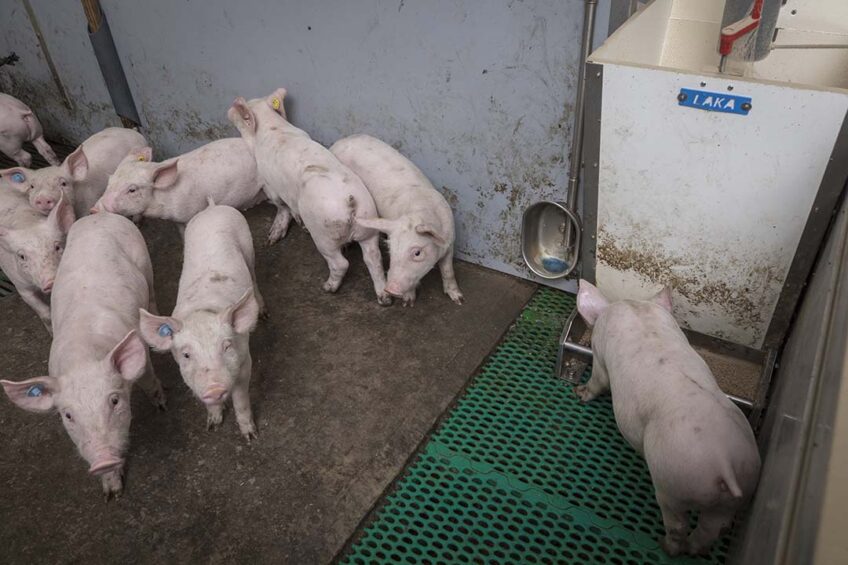Carvacrol and cinnamaldehyde promote gut health in weaned pigs

A team of Chinese researchers evaluated the effects of cinnamaldehyde and carvacrol supplementation on the performance and gut health of weaned pigs. They published about their findings in the peer-reviewed journal Animal Nutrition in a research article published in March 2024.
Maintaining optimal gut health and functionality is essential for post-weaning piglet health and performance. Simultaneously, gut nutrient transporters and peptides are involved in appetite and feed intake control mechanisms. Studies have shown that natural plant extracts such as carvacrol and cinnamaldehyde stimulate appetite to diminish health challenges and stress.
About the study
The team selected 240 cross-bred weaned pigs for this trial that lasted 42 days. They randomly assigned pigs into 4 dietary treatments:
- corn-soybean meal basal diet;
- basal diet with100 mg/kg cinnamaldehyde;
- basal diet with 100 mg/kg carvacrol;
- basal diet with 50 mg/kg cinnamaldehyde and 50 mg/kg carvacrol.
They measured average daily gain, average daily feed intake, and feed conversion ratio. They recorded feacal consistency, diarrhoea rate, and cough rate. In the slaughterhouse, they collected gut samples for histological analysis and microscopy and blood samples for biochemical analysis. In addition, they analysed gut microbiota.
Impact on growth performance, diarrhoea rate and cough rate
Combined supplementation with carvacrol and cinnamaldehyde increased average daily gain, bodyweight, and average daily feed intake, and decreased diarrhoea rate and cough rate in weaned pigs.
Impact on gut health and morphology
Combined supplementation with carvacrol and cinnamaldehyde increased gut length and villus height, improved jejunal and ileal villi arrangement and compactness, and gut epithelial barrier and permeability. Feeding only carvacrol had a better effect on villus height than feeding only cinnamaldehyde.
Impact on gut digestion and absorption
Feeding only carvacrol, only cinnamaldehyde, and feeding both carvacrol and cinnamaldehyde increased the concentration of digestive enzymes such as trypsin and lipase in jejunal contents and improved digestion and absorption in weaned pigs.
Impact on appetite
Supplementing carvacrol increased the serum levels of ghrelin. In addition, feeding only carvacrol, and feeding both carvacrol and cinnamaldehyde upregulated the content of orexin and downregulated the content of cholecystokinin, thus improving the appetite in weaned pigs.
Impact on gut microbiota
Feeding only carvacrol, only cinnamaldehyde, and feeding both carvacrol and cinnamaldehyde increased the diversity of the gut microbiome and the abundance of beneficial bacteria such as Lactobacillus.
Conclusions
The authors concluded that dietary carvacrol and cinnamaldehyde may improve gut barrier function, increase digestive enzyme activity and absorption capacity; alter microbial communities and increase appetite, thereby improving performance and alleviating diarrhoea in weaned pigs.











